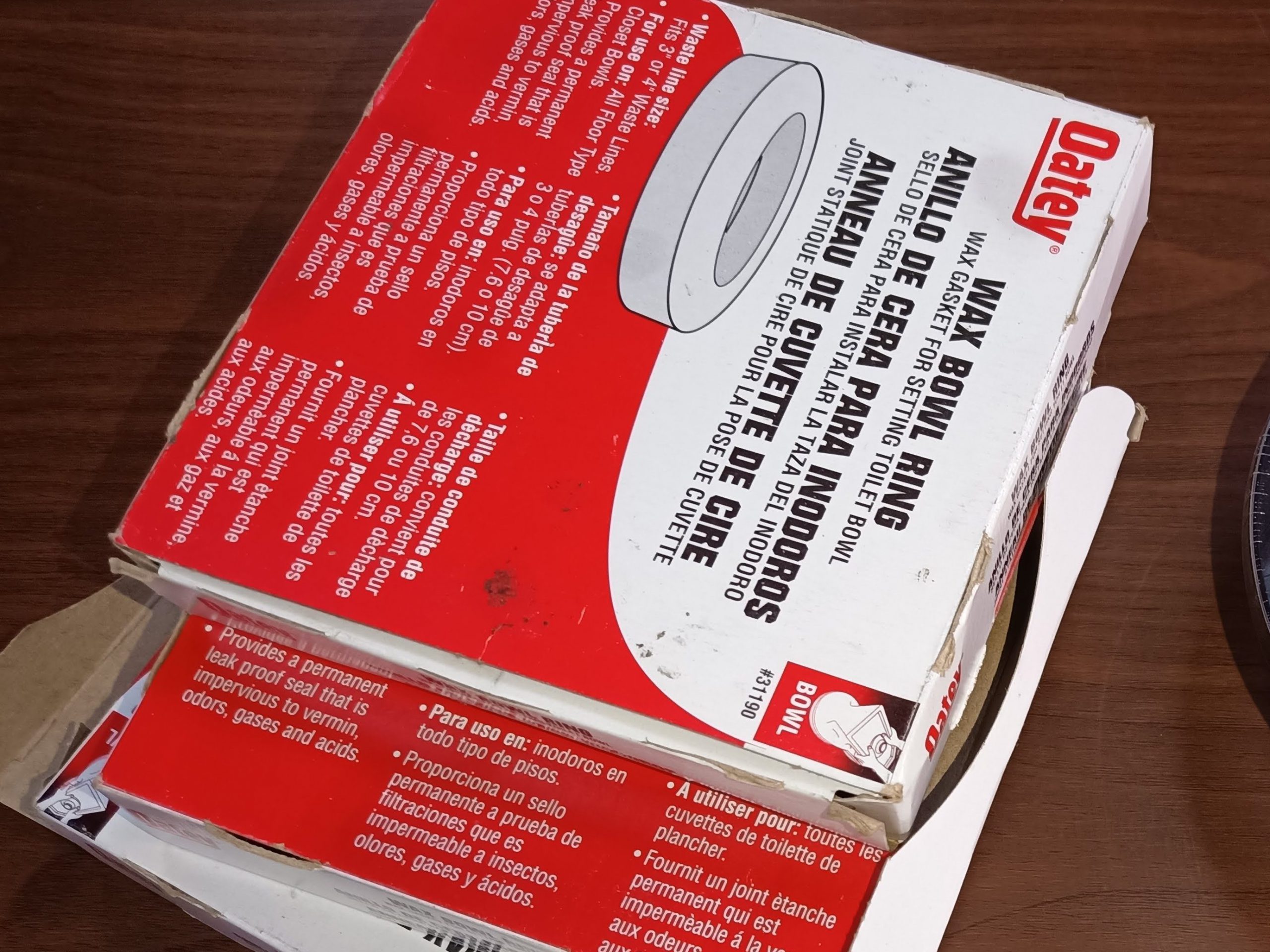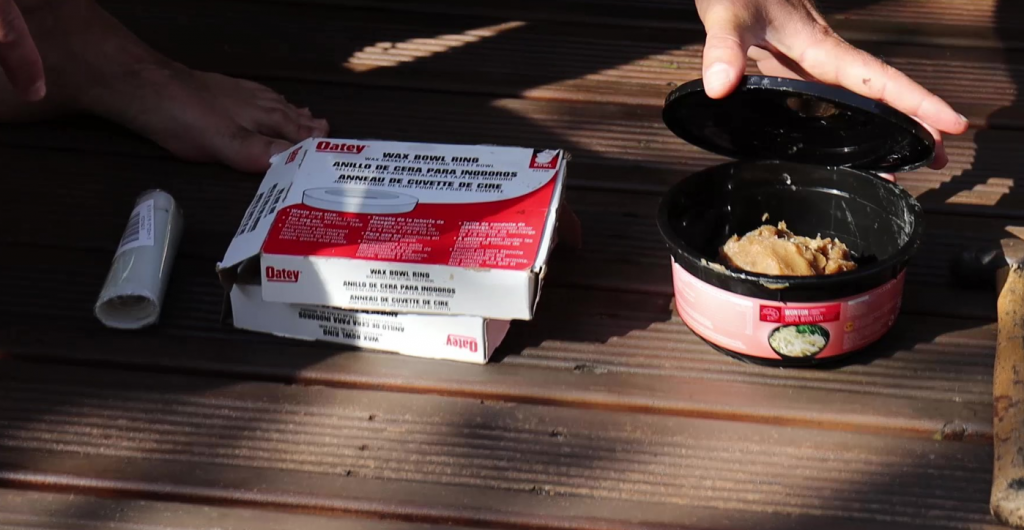Plugging a leak, the easiest and most effective method
Greetings sailors,
we have already talked a lot about not sinking our ship. We have dedicated several posts to the subject and with this one, which is intended to be the final one, we intend to end this saga.
Today we are going to see a super simple, cheap, and surprisingly effective system to plug a leak in our boat and prevent it from sinking. Probably the most effective technique, especially if we are sailing alone.
It is a very little-known, very efficient, and very cheap invention that I am not sure about because it is not much better known .. Since it took me a lot to discover it searching through English nautical forums .. And it seems that it is the hand of a saint, and It is used a lot by rescue people in the United States …
Motivation
It is clear that none of us want our ship to sink, and even less so if we are boarded in the middle of the sea. So, as we saw in the other episodes, it is very important to be minimally prepared for a situation like that, even if we have the luck of never having to suffer it, which is what I hope will happen.
And it is that once a leak is located, our main objective should be to plug it. And, although we should be prepared to leave the ship: with our vests, the life raft, the emergency kit with all the safety equipment, etc. That is, without a doubt, the last option. The first thing is to try that the ship does not sink.
Best known techniques
There are many well-known techniques for dealing with plugging a leak:
- The famous plugs, whether made of wood or foam.
- Press rags or mats against the crack or hole to radically reduce the flow of water.
- Pass a sail or awning under the boat until you reach the hole so that it clogs it. They work very well, but they take time to unfold and you need helpers to achieve it …
- Crazier things like putting a life jacket in the hole (if it’s too big) and inflating it to cover and reduce flow …
All these techniques are mentioned in a couple of Yatch Monthly videos in which they drill a hole in a boat and try all these techniques to see how they work. You have here the link to their video: https://youtu.be/bRhcXBtmPQs
But what they don’t mention in these videos is possibly the best and simplest trick. The use of wax rings for toilets to plug the water path.

It is a super sticky wax, which never hardens, in the style of plasticine, and is used to seal the joints of the toilets, so that they do not leak water. The surprising thing is that it works fabulously well, as we have been able to check, and you can see in our video.
By the way, we have decided to also try a super-adhesive tape that we have seen on AliExpress and that caught our attention.

Shopping
The easiest way to get wax rings is in a hardware store or plumbing store .. In my case I bought them at Bricomart in the opportunities section, because it looks like they didn’t sell many, it will be that nobody told them they were worth to save boats … They cost me 1.5 Euros each. With a pair you have to spare, but I, to test, I bought 4.
You can also get them online in several places:
- The original https://www.bricosanitarios.com/accesorios-valvulas-manguitos-griferia-caldera-cocina/3778-anillo-de-cera-para-inodoro-oatey.html
- A more expensive Chinese one: https://s.click.aliexpress.com/e/_9gQSVM
- On Amazon there is also: https://amzn.to/3r5hU6x
- In Mano Mano https://www.manomano.es/catalogue/p/masilla-selladora-laco-aro-de-cera-para-sellar-uniones-28409907?model_id=28390789
Additionally, there is a commercial product designed specifically to cover leaks in boats: Stay Afloat, which I would dare to say is exactly the same thing put in a different boat (in Small Boats Magazine they made a comparison https://youtu.be/_rOrcfk4eTM), but it is not excessively expensive either (About 20 euros), they have it for example here: https://www.francobordo.com/masilla-reparadora-fugas-agua-stay-afloat-p-341004.html
Lastly, this is the ultra-sticky tape from AliExpress, which we also tested in the video, and it works surprisingly well https://s.click.aliexpress.com/e/_9GNG6e
Mounting
Basically, our leak plugging kit is going to consist of a ball made of 2 or 3 wax rings, placed in a suitable container, such as a Tupperware or in my case a Wonton soup can.
All we have to do is knead the rings a little and put them in the Tupper, you will see that it is like plasticine .. A little harder and more sticky … I recommend using gloves to knead it .. Besides, its brown color does not help either. .
Additionally, we will include the super sticky Chinese tape.

Tests
The video is more than clarifying the operation of both methods.
At the end we can use the wax by spreading it over a crack, squashing it against a hole or against a broken bottom faucet .. we can even knead it around a broken pipe .. It works very, very well. If the hole is very, very large, then surely we will have to use the lid of the container smeared in the putty to give it more consistency.

And the Chinese tape .. Surprisingly, too, it sticks quickly and easily underwater .. Of course, it is more intended for smooth surfaces .. But for example, to plug a hole or crack from the inside of the water on the outside, it can go really well. . Although the best … toilet wax …

Conclusions
Surprising .. The truth is that I had seen the videos of the Stay Afloat (I leave them in the description) and a video of one that also did a similar test with the toilet paste, but I did not quite believe it ..

I hope that this technique will become, thanks to this video and post, much better known than it was because it is very simple and can save many ships. So do not hesitate to share this website with whoever can help.
